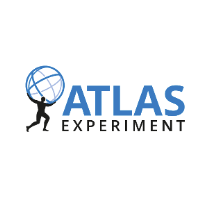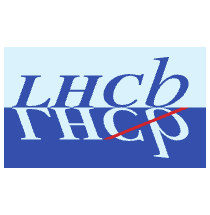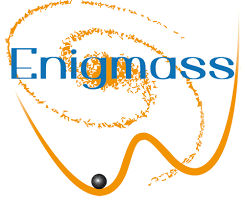Research
It is within international collaborations, bringing together hundreds or even thousands of scientists, that the teams at LAPP pursue experimental programs with major instruments dedicated to the study of elementary particle physics and the observation and detection of cosmic signals and particles.
These very complex experiments can have a lifespan of several decades and involve cutting-edge technologies in the fields of electronics, computer science, and mechanics. They also generate significant data flows that LAPP, thanks to its digital and IT expertise, helps to store and analyze.
Scientific Research Activities
Particle Physics
Created in 1976 under the impetus of Parisian physicists eager to get closer to CERN, LAPP has participated in experiments that have marked the history of particle physics. The researchers at LAPP first got involved in CERN experiments, such as UA1, which led to the discovery of the Z and W bosons in 1983 (Nobel Prize in Physics in 1984), and then in several experiments (ALEPH, L3) with the large LEP collider, which allowed for very precise verification of the predictions of the standard model of particle physics. With the BaBar experiment, they contributed to the discovery of CP symmetry violation between matter and antimatter. Finally, through Atlas, they contributed to the discovery of the Higgs boson in 2012. Even today, LAPP researchers and engineers are still searching for new particles and deviations from the standard model with the Atlas and LHCb experiments.
Astroparticle physics et Cosmology
The activities of LAPP also involve astroparticle physics, with experiments searching for dark matter such as AMS (launched into orbit on the International Space Station in 2011) or the HESS telescopes and soon CTA. LAPP is also working on understanding dark energy with LSST. With Virgo, a giant interferometer installed in Italy, researchers have also undertaken the confirmation of the existence of gravitational waves: a major breakthrough occurred in 2015 with the first detection of these waves. Once again, the scientists at LAPP were at the forefront.

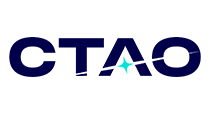
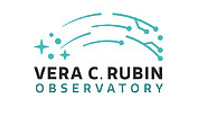
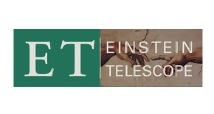

Neutrino Physics
Furthermore, the laboratory teams have been working for several decades to understand neutrinos, these elementary particles of very low mass that easily pass through matter and exhibit remarkable transformation properties. They have participated in the design and implementation of several experiments: Bugey, Nomad, Chooz, OPERA, and more recently STEREO, SuperNemo, and Dune (in preparation). In 2015, the OPERA collaboration announced the discovery of the oscillation of muon neutrinos into tau neutrinos!
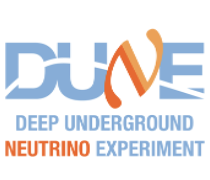
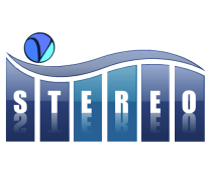

Laboratory services
The engineers, technicians, and administrative staff, who represent the majority of the laboratory members, are grouped into four departments.
Exploratory projects, collaborative initiatives, innovation, training, and valorization activities.
ENIGMASS Label: Understanding the origin and evolution of the universe, the origin of elementary particle mass, the origin of ‘dark matter’, and fundamental laws.
Horizon Europe OSCARS
Horizon Europe EVERSE
Horizon Europe ET-PP
H2020 FCC-IS
H2020 EOSC-Future
ANR ACALCO
ANR ATRAPP
ANR DirectA
ANR EFTatLHC
ANR GAMMARare
ANR MILDOG
ANR M2Tech-Net
ANR RadiCal
ANR VBStime
The DU2I, University Diploma in Instrumentation for Particle Physics and Cosmology, trains students graduating from BTS (mechanics, electronics, electrical engineering, instrumentation) or IUT (MP, GEii, GMP) to become technicians capable of designing, developing, constructing, and operating large-scale research instruments such as particle accelerators and detectors or telescopes.


